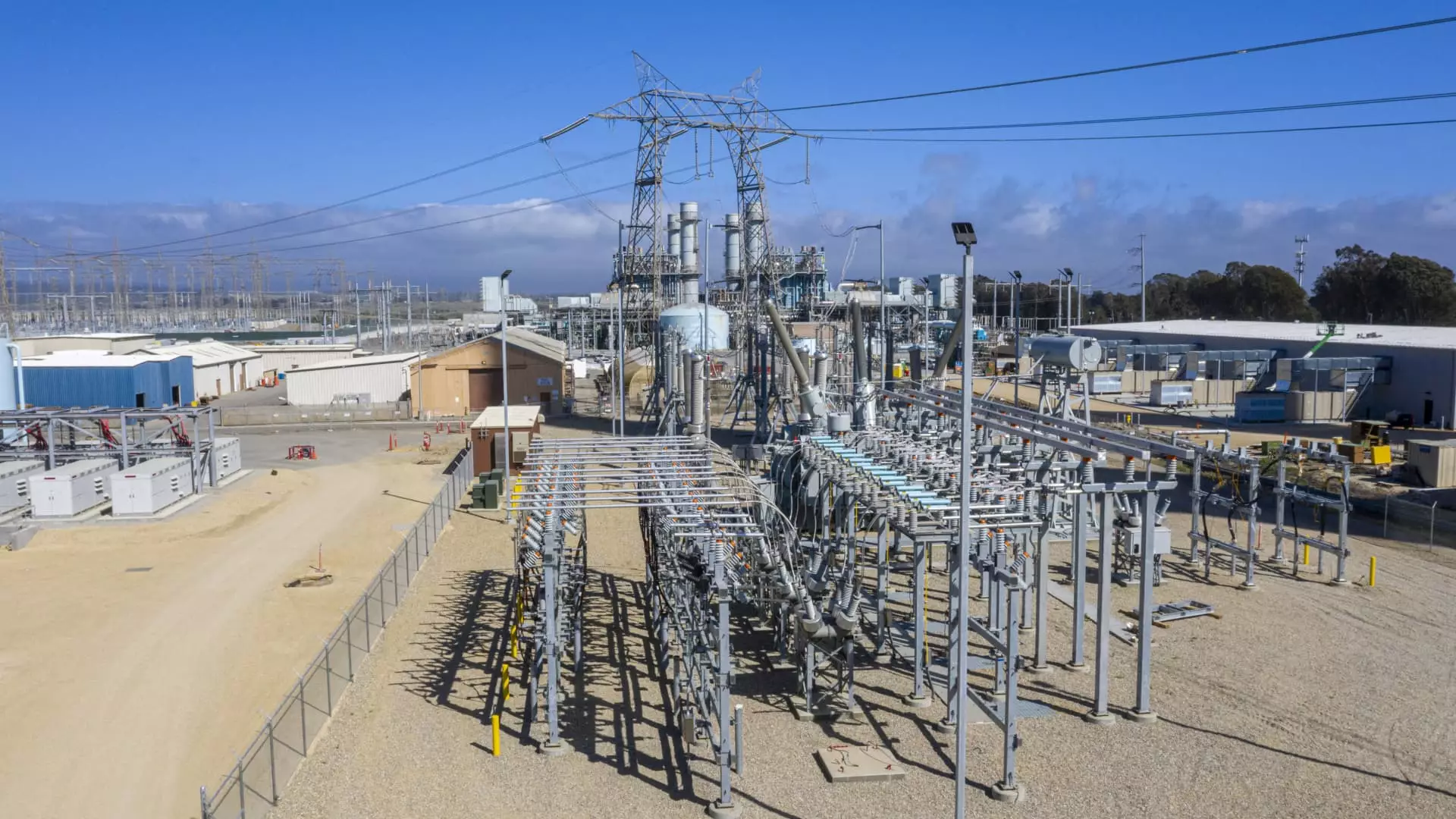The stock market has experienced significant growth in 2023, with the S & P 500 index reaching an impressive milestone of nearly 6,000, showcasing a staggering increase of approximately 26%. This robust performance has led many to believe in the momentum of stocks that drove this rise, particularly in sectors like technology, energy, industrials, and utilities, all of which are increasingly tied to advancements in artificial intelligence (AI) and the burgeoning demand for data centers. However, looking ahead to 2025, Wall Street analysts are expressing more cautious sentiments about sustaining this performance, suggesting that volatility and uncertainty could define the market’s trajectory moving forward.
The popularity of AI and data center-related businesses has not gone unnoticed, with investors aggressively placing their capital in these areas. As the market captures the allure of transformative technologies, stocks like Vistra, Palantir Technologies, and Texas Pacific Land have emerged as strong performers this year. Vistra, particularly, stands out with an outstanding 320% increase in share value, largely driven by the growing energy demands of tech companies and data centers. With their gas and nuclear power capabilities, they are strategically positioned to capitalize on this trend.
Despite this impressive performance, analysts appear skeptical about the sustainability of this growth. The consensus forecast for Vistra indicates a meager potential increase of less than 3% over the next year. This raises important questions about the long-term viability of stocks that have surged in the short term; investors must consider whether these companies can maintain their upward momentum or if they will succumb to broader market adjustments.
In examining other industry players, Palantir Technologies presents an intriguing case. The company’s stock soared 277% this year, benefiting from a robust third-quarter performance that exceeded market expectations and prompted upward revisions in profit forecasts. Yet, analysts are sounding alarms, projecting that Palantir’s stock could plummet by nearly 42% in the next year. This raises a critical issue for investors: the disparity between a stock’s historical growth and the foreboding predictions ahead. The repeated theme here is caution; while short-term gains might be enticing, the long-term outlook can be fraught with difficulties and unexpected shifts.
Meanwhile, Axon Enterprise, a company well-regarded for its innovative law enforcement technologies—including its Taser products—has also benefitted from the overall stock market rally. Analysts remain optimistic about Axon’s potential, citing growing AI opportunities within its business model. Nonetheless, the market consensus suggests that Axon may still face challenges ahead, illustrating the pervasive sense of uncertainty that is clouding expectations across various sectors.
The energy sector has faced increased scrutiny as political dynamics shift. The anticipated policies of President-elect Trump, which aim to promote heightened oil production, could explain the recent sluggishness in energy stocks, with many traders positioning themselves against traditional oil companies. Such geopolitical factors highlight a crucial aspect of stock valuation—the interplay between market performance and policy changes can significantly impact investor behavior.
As we gaze into the future, companies such as Nvidia and Constellation Energy stand out as exceptions in the analysts’ forecasts. These firms are projected to have solid growth, with Nvidia being anticipated to enjoy a 23% uptick and Constellation expected to grow by 11% over the next twelve months. Their resilience showcases that not all stocks are equally susceptible to the headwinds facing the broader market.
As investors navigate this complex market environment, a critical understanding of the underlying factors influencing stock performance becomes indispensable. The initial enthusiasm reflected in the stock prices of key players may not adequately account for future realities, making discernment essential. Historical trends, while indicative, should not overshadow the importance of ongoing assessment to adapt to market developments.
While many stocks have captured the imagination this year, the cautious outlook drawn by Wall Street analysts suggests that 2025 may pose challenges that could diminish the exuberant productivity of 2023. As we move forward, a measured approach grounded in thorough analysis and vigilance will be critical for investors aiming to maintain success in a rapidly evolving market landscape.


Leave a Reply